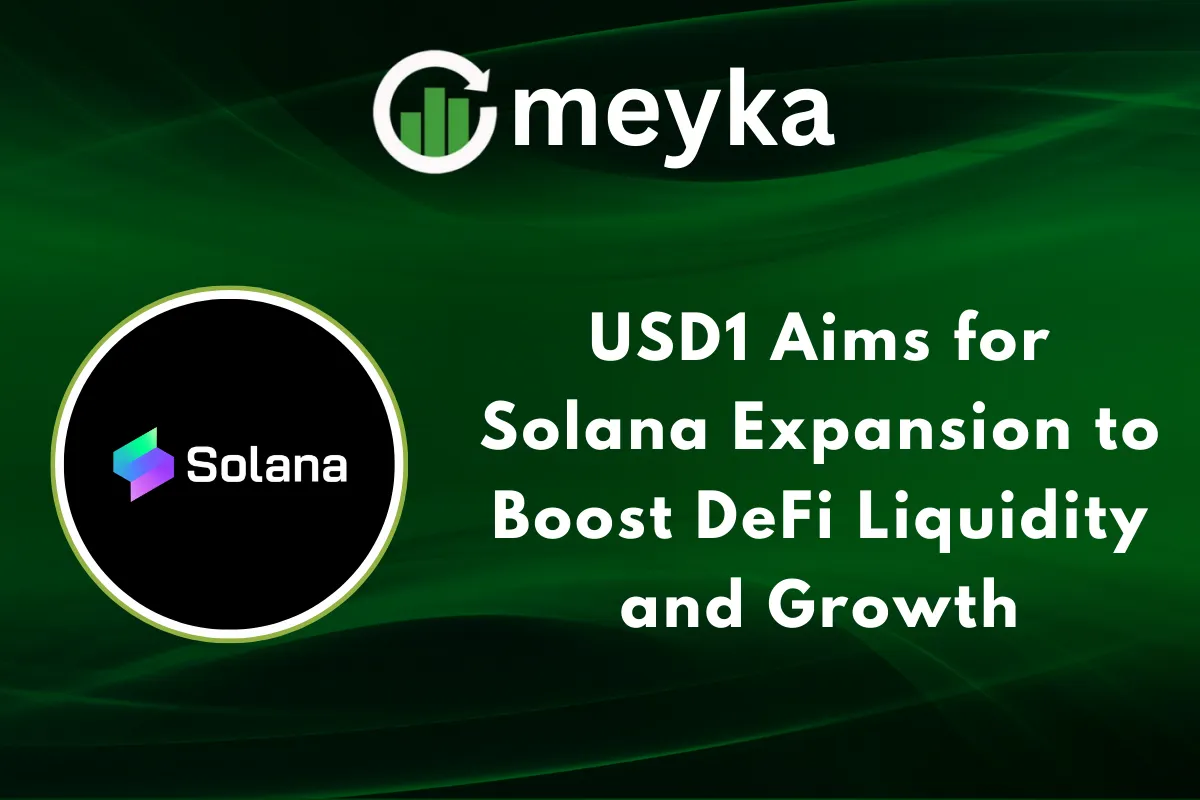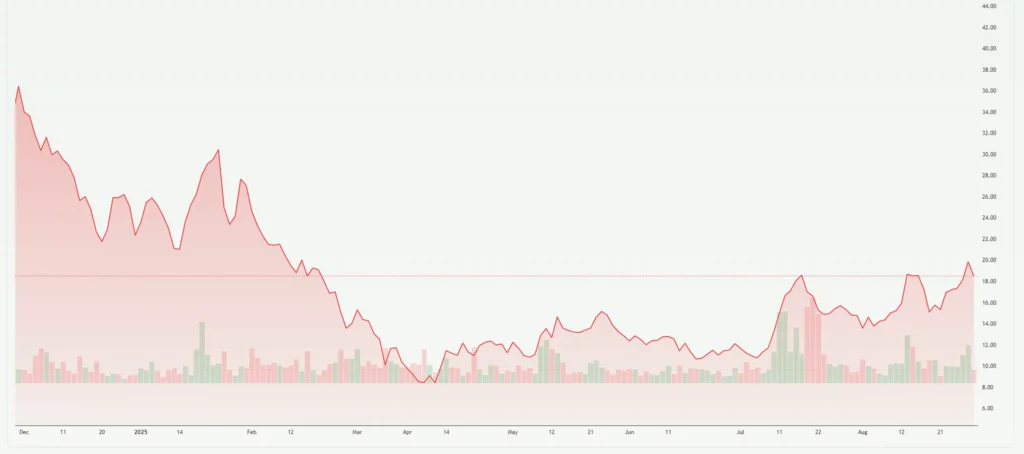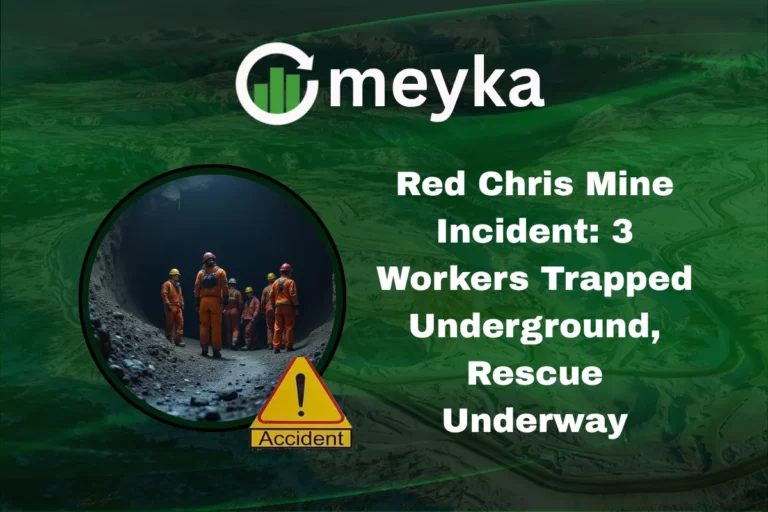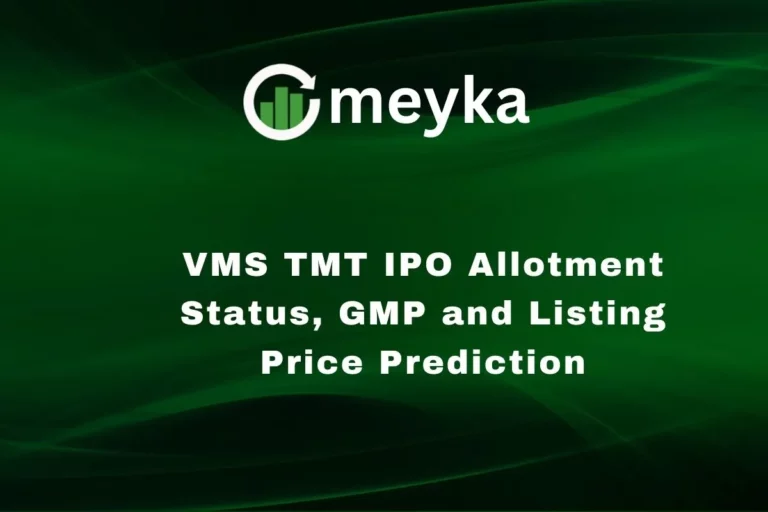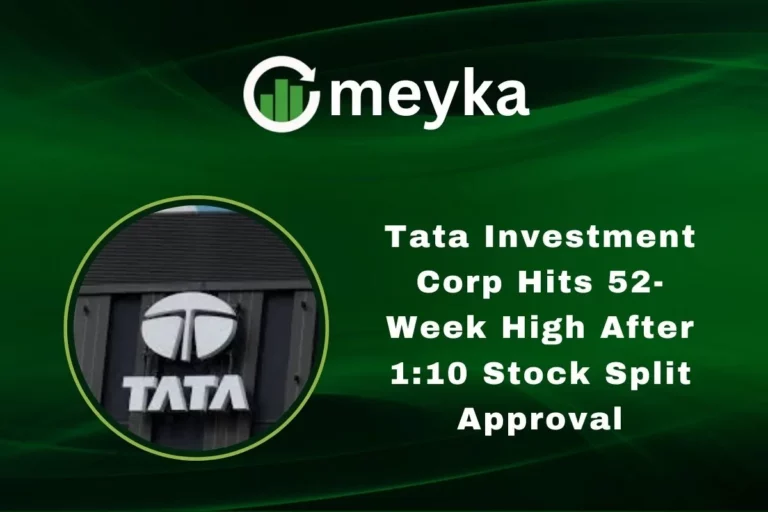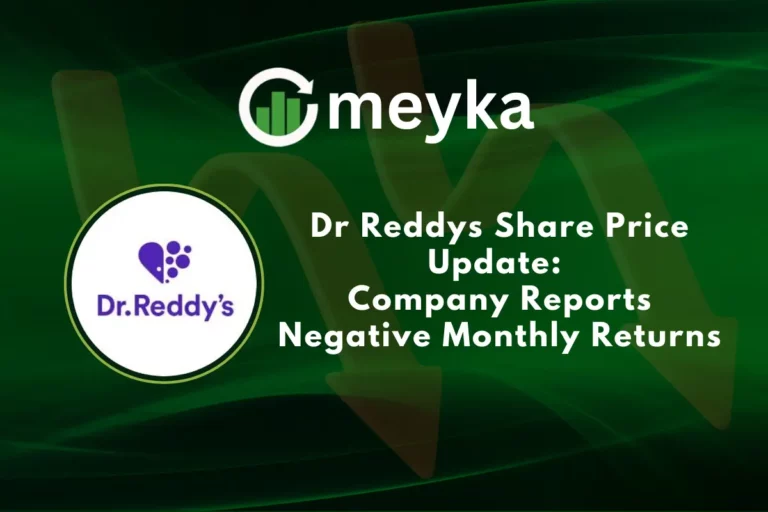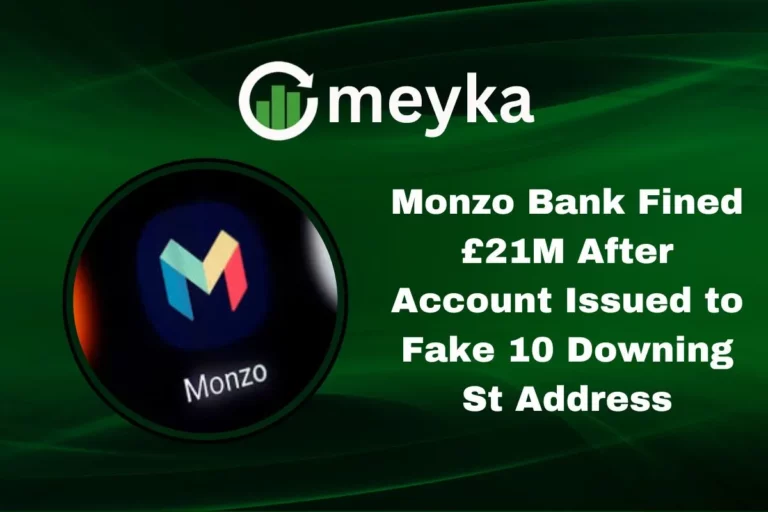Solana News Today: USD1 Aims for Solana Expansion to Boost DeFi Liquidity and Growth
USD1, a dollar-pegged stablecoin backed by U.S. Treasuries, is expanding to Solana to enhance decentralized finance liquidity and cross-chain compatibility. With a $2.5 billion circulating supply, USD1 ranks among the top six stablecoins globally and aims to compete with USDC and USDT in Solana’s $12 billion stablecoin market.
The expansion, announced on August 29 by Charles, head of WLFI’s Solana ecosystem strategy, includes integrations like a dedicated USD1 vault on Kamino Finance.
While emphasizing compliance through monthly audits, USD1 faces transparency challenges, particularly with connections to Justin Sun, who made a $30 million purchase.
Understanding USD1’s Strategic Move to Solana
USD1’s expansion represents a significant development in the stablecoin ecosystem. The stablecoin operates with full backing by U.S. Treasuries, maintaining a 1:1 peg to the dollar. This treasury-backed approach provides enhanced stability compared to algorithm-based alternatives.
The timing of USD1’s Solana integration aligns with growing institutional interest in the network. Solana has demonstrated remarkable performance in August 2025, with prices ranging from $155.75 to $217.95, currently trading at $199.97 with a market cap of $93.2 billion.
Market Position and Competition
The stablecoin landscape on Solana presents both opportunities and challenges for USD1. USDC is leading the pack with $8.7 billion in circulation, while USDT has $2.17 billion out there. USD1’s $2.5 billion supply positions it competitively, though market adoption will determine success.
Solana’s stablecoin market cap has soared past $12 billion, showing there’s plenty of liquidity and trading action going on. This environment provides USD1 with opportunities to capture market share through strategic partnerships and technical integrations.
DeFi Integration and Kamino Finance Partnership
Teaming up with Kamino Finance marks USD1’s first big step into the Solana ecosystem. Kamino operates as a lending protocol, providing users with opportunities to earn yield on stablecoin deposits. The dedicated USD1 vault will enable users to deposit and earn returns while maintaining exposure to dollar-pegged assets.
DeFi applications on Solana have shown remarkable growth, with over 400 DApps currently deployed on the network. As of May 2025, approximately $8.5 billion was being used as collateral on DeFi platforms using the Solana network. This ecosystem provides USD1 with multiple integration opportunities beyond Kamino Finance.
Technical Implementation
The Solana network’s architecture supports high-throughput transactions with low fees. Transaction costs remain fixed at 0.000005 SOL per transaction, making microtransactions economically viable. This fee structure benefits stablecoin users who frequently engage in trading and DeFi activities.
Smart contracts on Solana enable automated financial services without intermediaries. USD1’s integration leverages these capabilities to provide seamless user experiences across lending, trading, and yield farming applications.
Regulatory Compliance and Transparency Concerns
USD1 focuses on playing by the rules with monthly audits and a solid treasury to back it up. This approach addresses concerns about stablecoin reserves that have affected other projects. The monthly audit schedule provides regular verification of backing assets.
However, transparency concerns persist due to connections with key stakeholders. Justin Sun’s $30 million purchase raises questions about centralized control and potential market manipulation. The stock market has shown increased scrutiny of stablecoin operations, particularly regarding reserve transparency.
Regulatory Environment
The regulatory landscape for stablecoins continues evolving. Proposed legislation like the CANSEE Act would require DeFi services to meet anti-money laundering obligations similar to traditional financial institutions. USD1’s compliance focus positions it favorably for potential regulatory requirements.
Solana’s status under federal securities laws remains unsettled, creating regulatory uncertainty for projects building on the network. This environment requires careful navigation by stablecoin issuers seeking long-term viability.
Impact on Solana’s DeFi Ecosystem
USD1’s expansion strengthens Solana’s position in the multi-chain stablecoin landscape. Additional stablecoin options increase liquidity and provide users with more choices for DeFi activities. This diversity reduces dependency on single stablecoin issuers.
The network’s DeFi ecosystem benefits from increased stablecoin diversity. More stablecoin options enable sophisticated trading strategies and risk management approaches. Users can diversify across different backing mechanisms and issuers.
Cross-Chain Compatibility
USD1’s multi-chain approach enables seamless asset transfers between networks. This interoperability addresses fragmentation in the DeFi ecosystem and provides users with unified experiences. Solana’s integration represents one component of broader cross-chain strategy.
Bridge protocols facilitate asset transfers between Solana and other networks. USD1’s availability across multiple chains reduces friction for users moving assets between ecosystems.
Market Implications and Future Outlook
Solana’s $12 billion stablecoin market represents significant potential for new entrants like USD1. Success depends on execution quality and user adoption rates.
Competition among stablecoins benefits the overall ecosystem by driving innovation and improving user experiences. USD1’s treasury-backed model provides differentiation from algorithmic alternatives and may attract risk-averse users.
Growth Projections
Solana’s network activity continues expanding, with over 500 applications built on the platform as of June 2025. This application diversity creates multiple integration points for stablecoins. USD1’s early entry positions it to benefit from continued network growth.
The stock market has shown increased interest in blockchain infrastructure and stablecoin projects. Institutional adoption of Solana-based DeFi protocols could drive demand for diverse stablecoin options.
Disclaimer:
This content is made for learning only. It is not meant to give financial advice. Always check the facts yourself. Financial decisions need detailed research.
